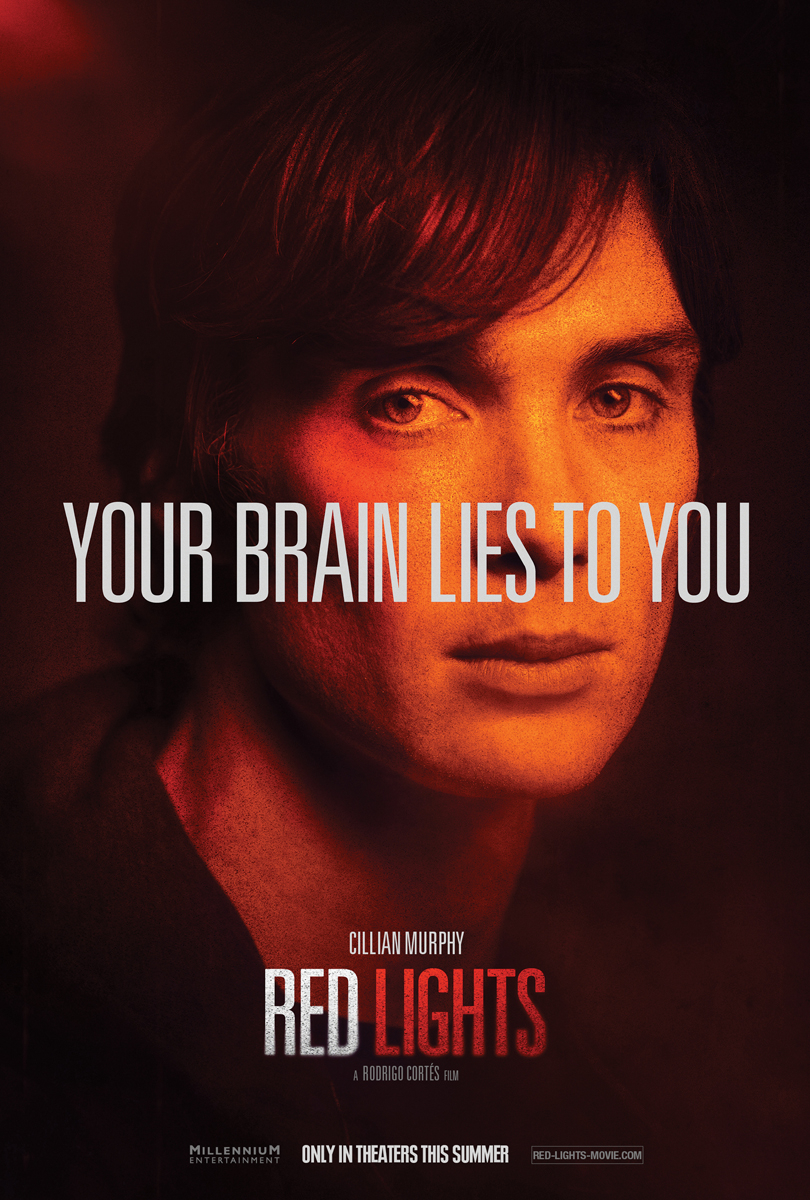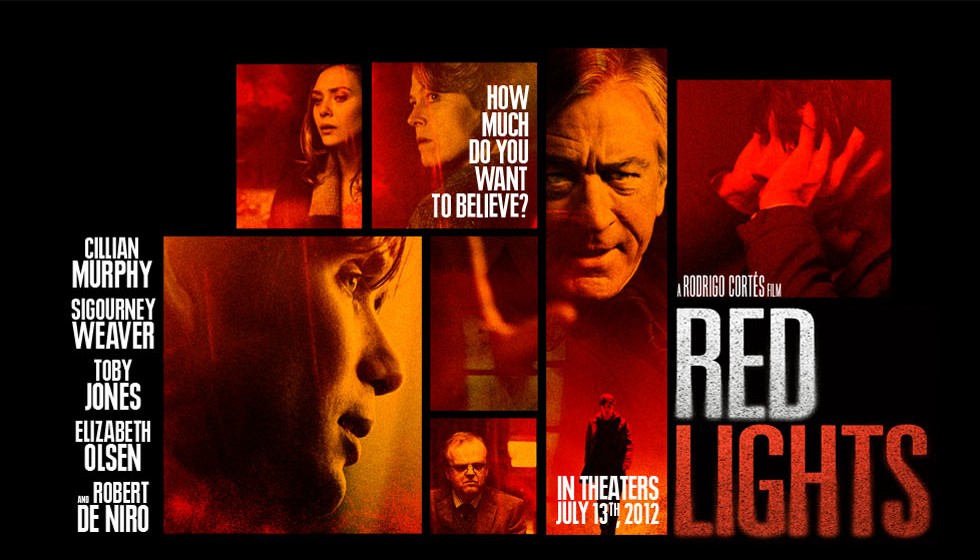 Red Lights, directed by Rodrigo Cortés and released in 2012, is a psychological thriller that delves into the world of paranormal investigations and the blurred lines between skepticism and belief. The film follows Dr. Margaret Matheson (Sigourney Weaver) and her assistant Tom Buckley (Cillian Murphy), two professional debunkers who specialize in exposing fraudulent paranormal activities.
Red Lights, directed by Rodrigo Cortés and released in 2012, is a psychological thriller that delves into the world of paranormal investigations and the blurred lines between skepticism and belief. The film follows Dr. Margaret Matheson (Sigourney Weaver) and her assistant Tom Buckley (Cillian Murphy), two professional debunkers who specialize in exposing fraudulent paranormal activities.
The plot kicks off with the introduction of Simon Silver (Robert De Niro), a blind psychic with a controversial reputation for his seemingly genuine paranormal abilities. Silver returns to the public eye after years of seclusion, and his resurgence captures the attention of the media and the paranormal community. Dr. Matheson, however, remains skeptical and is determined to debunk Silver’s abilities, considering him a threat to the field of scientific skepticism.
As Matheson and Buckley investigate Silver’s performances, they encounter increasingly mysterious and inexplicable events that challenge their rational explanations. The film weaves a complex narrative, exploring the psychological toll of skepticism, the limits of human perception, and the possibility of encountering the genuinely supernatural.
The tension escalates as Matheson and Buckley face personal and professional challenges, ultimately leading to a climactic confrontation with Silver. The plot takes unexpected twists, questioning the nature of reality and belief, and blurring the boundaries between the paranormal and the rational.
Characters
Dr. Margaret Matheson (Sigourney Weaver): Sigourney Weaver portrays Dr. Margaret Matheson, a seasoned psychologist and professional skeptic. Weaver brings a commanding presence to the character, portraying Matheson as a determined and rational investigator who is unyielding in her commitment to exposing fraudulent paranormal activities. Matheson’s past experiences and personal motivations add depth to her character, making her a compelling lead.
Tom Buckley (Cillian Murphy): Cillian Murphy plays Tom Buckley, Dr. Matheson’s assistant and a devoted protege. Murphy’s nuanced performance captures Buckley’s internal struggle as he grapples with personal loss and questions the boundaries of skepticism. Buckley’s character evolves throughout the film, and Murphy skillfully conveys the complexity of his journey from a steadfast skeptic to someone facing the unknown.
Simon Silver (Robert De Niro): Robert De Niro takes on the role of Simon Silver, the enigmatic blind psychic. De Niro delivers a captivating performance, portraying Silver with a mix of charisma and mystery. Silver’s character is central to the film’s exploration of belief and skepticism, and De Niro’s portrayal adds layers to the ambiguity surrounding Silver’s true abilities.
Red Lights Ending Explained
Spoiler Alert

The ending of “Red Lights” unfolds with a series of twists that challenge the audience’s perceptions of reality and the supernatural. As Matheson and Buckley delve deeper into their investigation of Simon Silver, they uncover a shocking revelation: Buckley himself possesses psychic abilities. This revelation adds a layer of complexity to the narrative, raising questions about the nature of skepticism and belief.
In a climactic confrontation between Silver and Matheson, it is revealed that Silver was aware of Buckley’s abilities and orchestrated the events to manipulate both Matheson and Buckley. The film concludes with Matheson’s death, leaving Buckley to grapple with the consequences of his newfound psychic powers and the blurred lines between the rational and the supernatural.
The ending of “Red Lights” is open to interpretation, inviting viewers to question the validity of paranormal experiences and the impact of belief on the human psyche. The film suggests that the quest for the truth, whether in the realm of skepticism or belief, can lead to unforeseen consequences and challenges the certainty of our perceptions.
Frequently Asked Questions
Is It Based on a True Story? No, “Red Lights” is not based on a true story. The film is a work of fiction that explores themes of skepticism, belief, and the paranormal. While the narrative draws inspiration from real-world debates within the field of paranormal investigations, the characters and events are fictional.
What Is the Main Idea of the Movie? The main idea of “Red Lights” revolves around the clash between skepticism and belief, particularly within the context of paranormal investigations. The film challenges the audience to question the boundaries of the rational and the supernatural, exploring the psychological impact of skepticism and the complexity of human perception.
Is this Movie Worth Watching? “Red Lights” is worth watching for those who enjoy psychological thrillers that explore the complexities of belief and skepticism. The film’s thought-provoking narrative, strong performances from the cast, and unexpected twists make it a compelling cinematic experience. However, viewers who prefer straightforward narratives without ambiguity may find the film challenging.
What Is the Symbolism in “Red Lights”? Symbolism in “Red Lights” is multifaceted, with the red lights themselves serving as a recurring motif. The red lights represent moments of uncertainty and the blurring of boundaries between the rational and the paranormal. They symbolize the caution and skepticism inherent in the investigation of the supernatural, as well as the potential dangers of crossing into the unknown.
In conclusion, “Red Lights” is a thought-provoking and atmospheric exploration of skepticism, belief, and the mysteries that lie beyond our understanding. Rodrigo Cortés’ direction, coupled with strong performances from the cast, creates a film that challenges the audience’s perceptions and invites contemplation on the nature of the supernatural. Whether one leans towards skepticism or belief, “Red Lights” offers a cinematic journey that lingers in the mind long after the credits roll.

